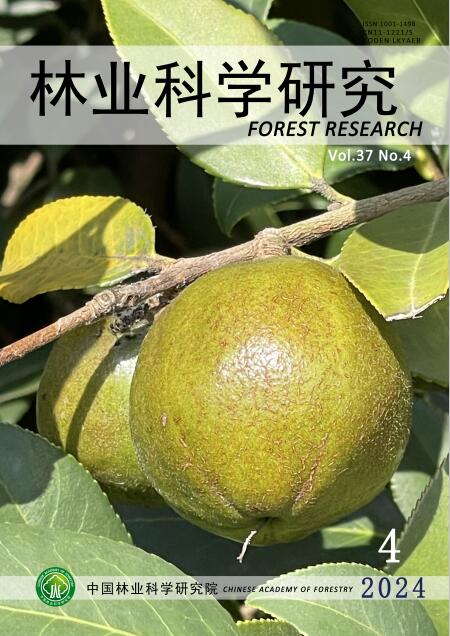Adventitious Rooting in Shoot Cuttings of Taxus wallichiana Zucc., an Endangered Medicinally Important Conifer of Kashmir Himalaya
Q4 Agricultural and Biological Sciences
引用次数: 5
Abstract
Taxus wallichiana Zucc. (Himalayan yew), is precious for taxol or paclitaxel removal used in the research of anti-cancer drugs (ovarian cancers, AIDS related cancers and other indications). It is a slow growing tree species due toits very poor natural regeneration and very low seed germination. The present investigation tested the consequenceof different plant growth regulators such as, Indole Butyric Acid (IBA), Indole-3- Acetic Acid (IAA) and NaphthaleneAcetic Acid (NAA) on adventitious rooting of Himalayan yew shoot cuttings in four different seasons (spring,summer, autumn and winter) under nursery conditions. Shoot cuttings were treated with diverse concentrations ofIBA, IAA and NAA. However, IBA at 1000 ppm in spring season (Mar-May) showed best response in stipulations ofroot length, root number and rooting percentage. The present investigation reveals that this method has thepotentiality of using the young shoot cuttings of Himalayan yew in presence of plant growth regulating hormone IBAfor its propagation and production on large extent to congregate the increasing stipulate.红豆杉扦插不定根的研究。克什米尔喜马拉雅地区一种具有重要药用价值的濒危针叶树
红豆杉。(喜马拉雅红豆杉),是珍贵的紫杉醇或紫杉醇去除用于抗癌药物(卵巢癌,艾滋病相关癌症等适应症)的研究。它是一种生长缓慢的树种,因为它的自然再生能力很差,种子萌发率很低。研究了不同植物生长调节剂吲哚丁酸(IBA)、吲哚-3-乙酸(IAA)和萘乙酸(NAA)在春、夏、秋、冬4个季节对喜马拉雅红豆杉扦插不定根的影响。用不同浓度的fiba、IAA和NAA处理嫩枝扦插。而在春季(3 ~ 5月),1000ppm的IBA对根长、根数和生根率的影响最大。本研究表明,该方法具有在植物生长调节激素ibaa的作用下,利用喜马拉雅红豆杉幼芽扦插进行繁殖和生产的潜力。
本文章由计算机程序翻译,如有差异,请以英文原文为准。
求助全文
约1分钟内获得全文
求助全文
来源期刊

林业科学研究
Environmental Science-Ecology
CiteScore
0.90
自引率
0.00%
发文量
4834
期刊介绍:
Forestry Research is a comprehensive academic journal of forestry science organized by the Chinese Academy of Forestry. The main task is to reflect the latest research results, academic papers and research reports, scientific and technological developments and information on forestry science mainly organized by the Chinese Academy of Forestry, to promote academic exchanges at home and abroad, to carry out academic discussions, to flourish forestry science, and to better serve China's forestry construction.
The main contents are: forest seeds, seedling afforestation, forest plants, forest genetic breeding, tree physiology and biochemistry, forest insects, resource insects, forest pathology, forest microorganisms, forest birds and animals, forest soil, forest ecology, forest management, forest manager, forestry remote sensing, forestry biotechnology and other new technologies, new methods, and to increase the development strategy of forestry, the trend of development of disciplines, technology policies and strategies, etc., and to increase the forestry development strategy, the trend of development of disciplines, technology policies and strategies. It is suitable for scientists and technicians of forestry and related disciplines, teachers and students of colleges and universities, leaders and managers, and grassroots forestry workers.
 求助内容:
求助内容: 应助结果提醒方式:
应助结果提醒方式:


